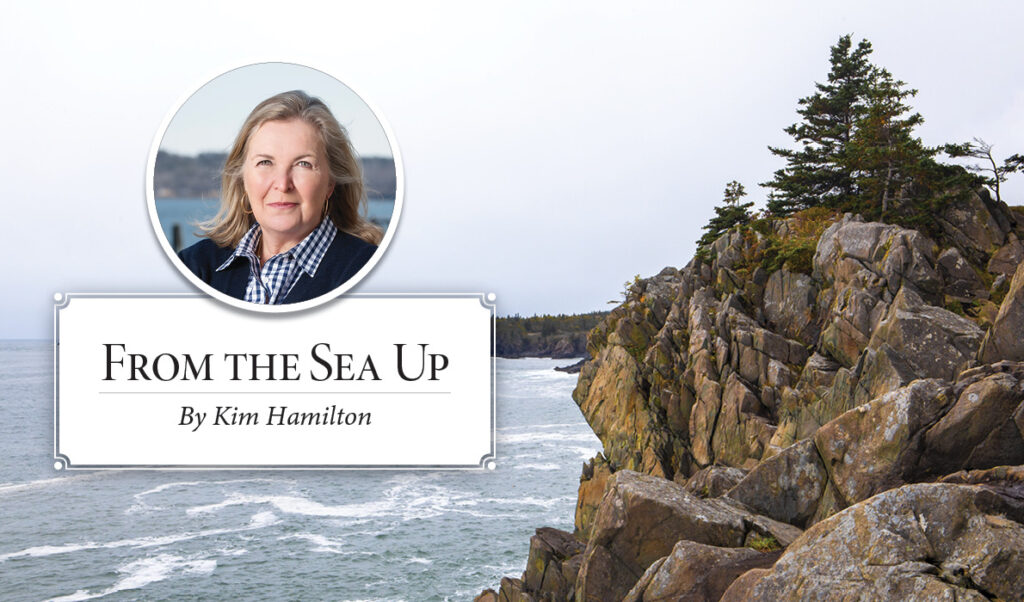Five years ago, a group of people committed to the future of Maine’s marine economy embarked on an ambitious journey to develop an economic development roadmap for Maine’s marine living resources, or MLR. I was part of this group, and MLR was our shorthand for an extensive set of activities, including lobstering, fishing, aquaculture, value-added processing, shipping, logistics, and other related components of the sector.
We also included life sciences, the small but growing part of the marine economy that looks to the ocean to develop important health and related solutions.
Called SEA Maine, and funded by the U.S. Economic Development Administration, the Maine Technology Institute, and FocusMaine, the initiative centered on five goals:
• To grow the overall value of the MLR economy by 10% by 2030
• To increase employment in the sector by 1,000 employees by 2030
• To increase investments, capital, market development, and R&D to support the sector
• To maintain and expand working waterfront access and working waterfront business activity
• To build the sector’s ability to respond to the changes and opportunities from climate change and demographic shifts
Five years later, with a pandemic that began and ended in the interim, the results are in, and the opportunities outlined in this report are worthy of attention.
This sector contributed over $3.2 billion in total economic input to the Maine economy in 2019.
This sector contributed over $3.2 billion in total economic input to the Maine economy in 2019 and employed more than 34,000 people. Downeast Maine is identified as an especially big contributor to this sector, accounting for nearly 20% of the employment, but the impact of the sector is state-wide.
This effort reveals that our dependence on the marine economy is more expansive than many of us appreciate.
Commercial fishing and increasingly aquaculture, such as mussels, kelp, oysters, and scallops, are often our mental models for this industry. But when you add boat building and repair, seafood preparation and packaging, wholesaling, specialty food preparation along with shipping, restaurants, and supermarkets, it is quickly apparent how the tentacles of this industry reach from bait to plate and beyond.
Because of this investment, and the engagement of industry, nonprofits, higher education, and our federal delegation, there is now a trove of research and practical tools to inform everyone’s efforts to support our marine economy.
I am especially drawn to the materials produced by the Workforce & Talent Development subcommittee. Any young person wondering whether there is a future in a marine economy-related job will find inspiration and information about education pathways and other credentials. Any employer who is concerned about retaining and training employees will find practical tools to support employees while also growing the business.
Ultimately, this effort will be powered over the long-term by the Maine brand—something we all have a stake in protecting.
While it is commonplace to talk about Maine’s cold, clean waters and our fresh-from-the-ocean catch, it is worth remembering that these are resources that we need to fight hard to protect. With 34,000 jobs in the balance and billions of dollars at stake for the Maine economy, investments in community planning, clean energy, fisheries management, and working waterfront access become not just important but truly urgent.
The next time you enjoy a plate full of Maine seafood goodness or support your working waterfront, know that you are a part of something much bigger— you’re helping build the long-term sustainability of an extraordinary asset that is uniquely Maine’s.
For more information about SEA Maine, go to www.seamaine.org.
Kim Hamilton is president of Island Institute, publisher of The Working Waterfront. She may be contacted at khamilton@islandinstitute.org.





